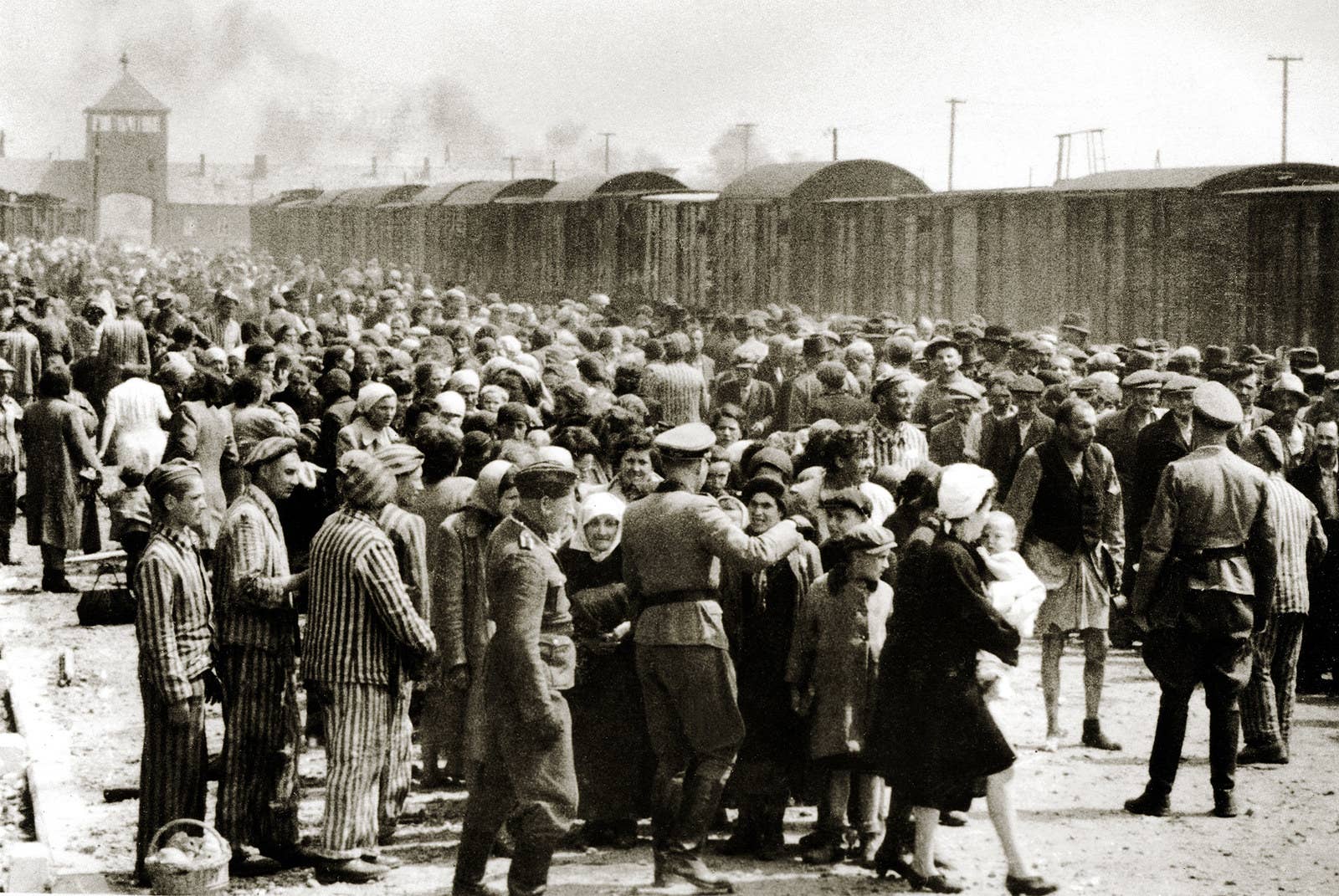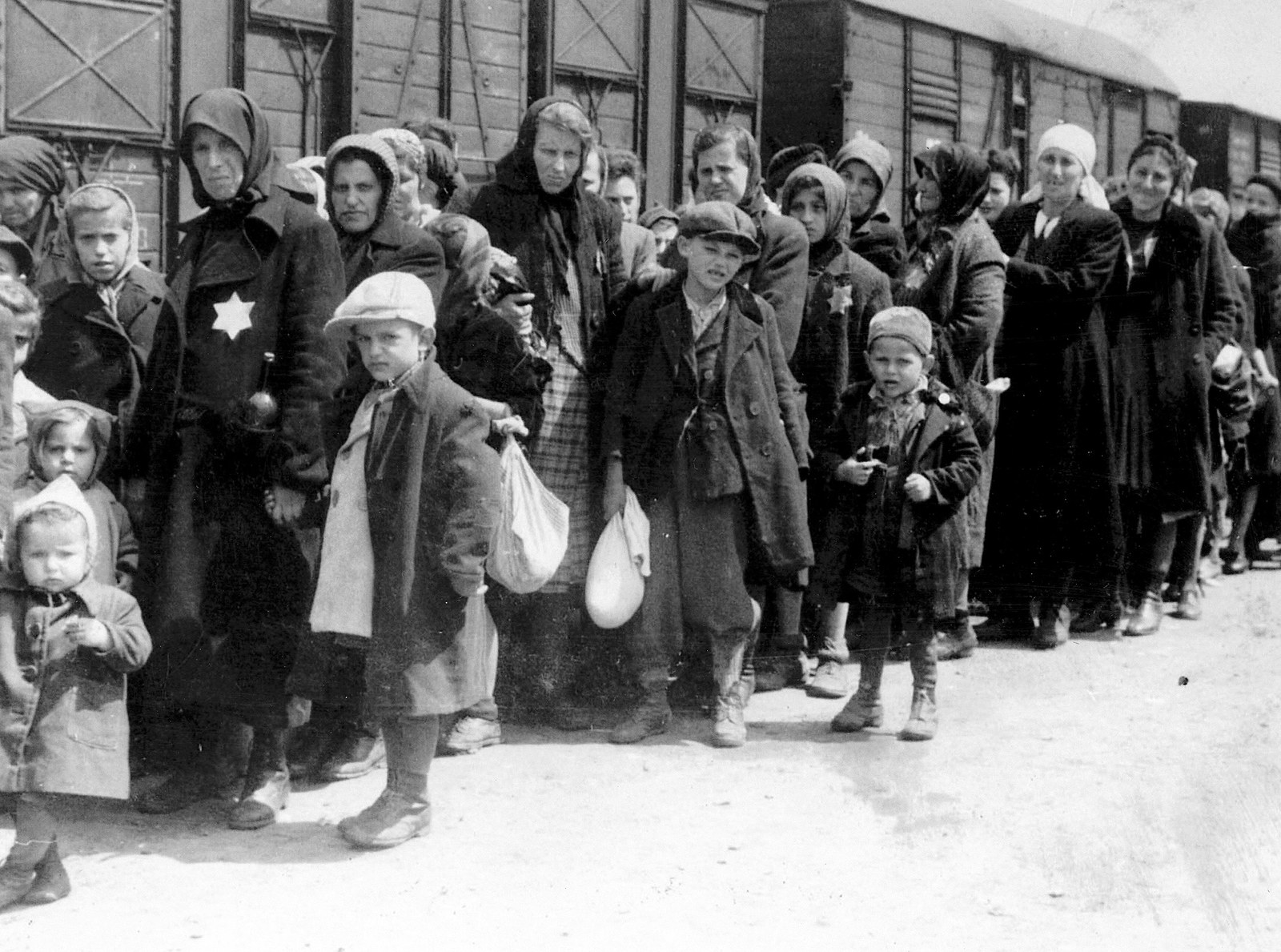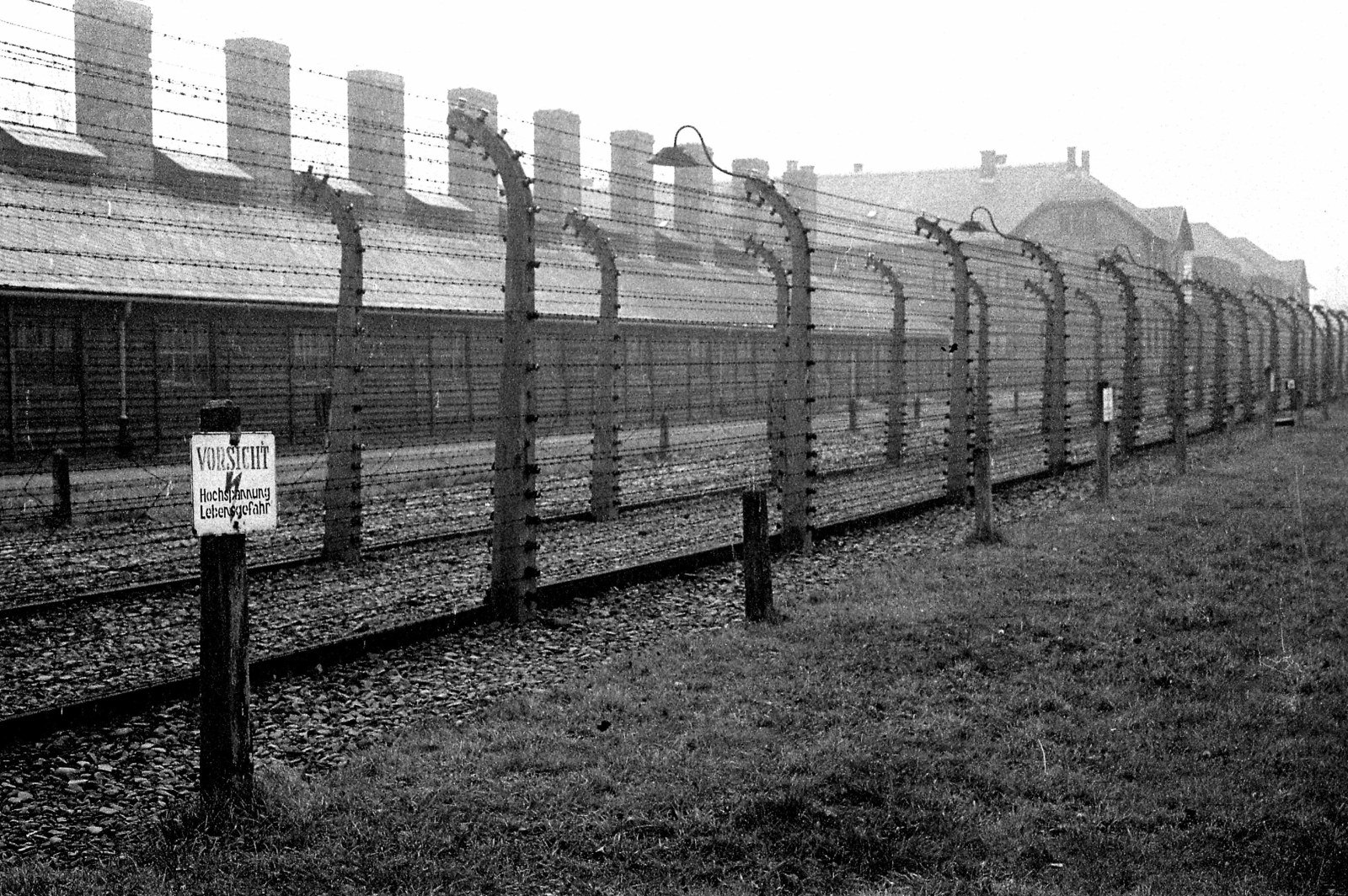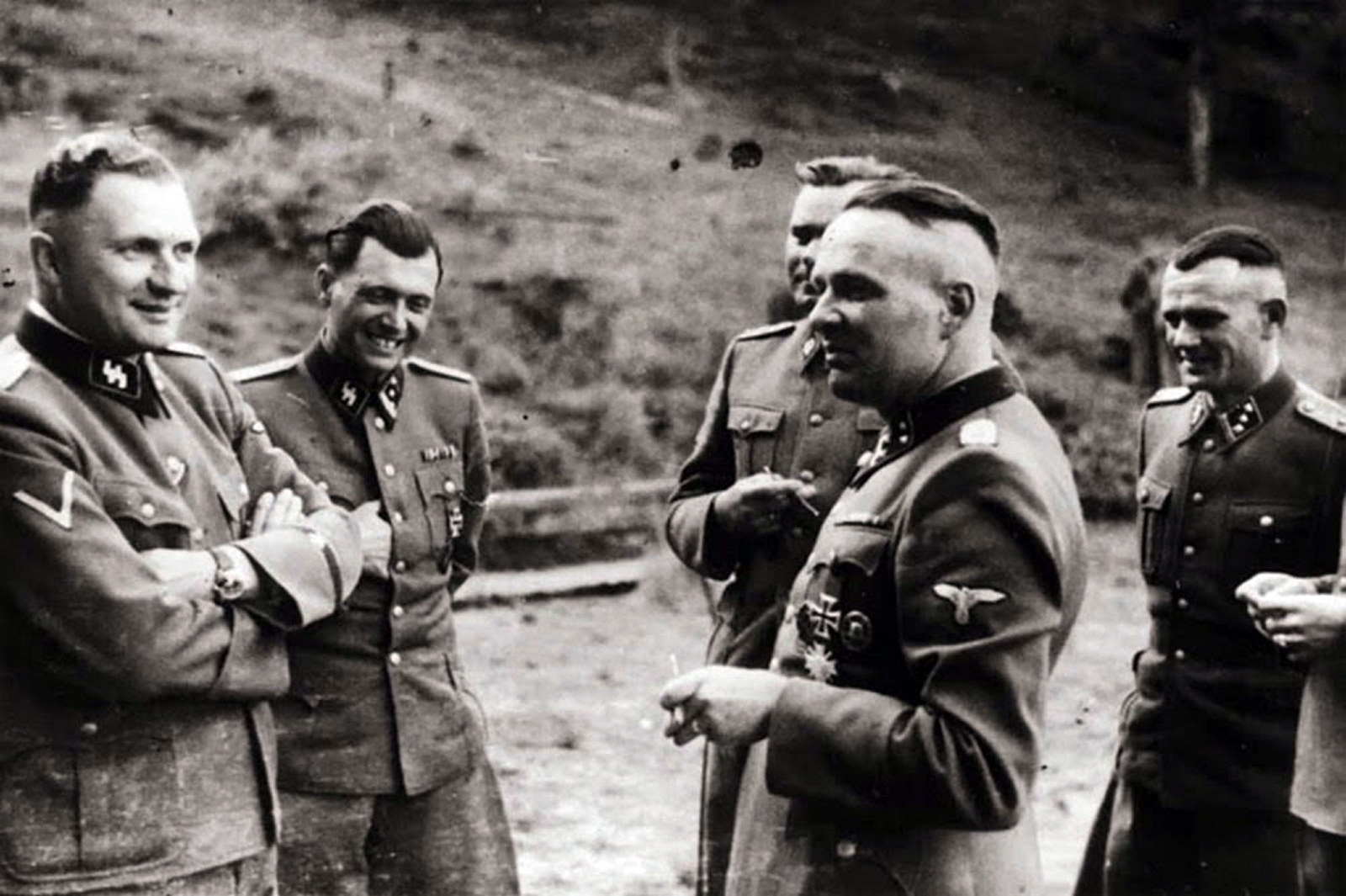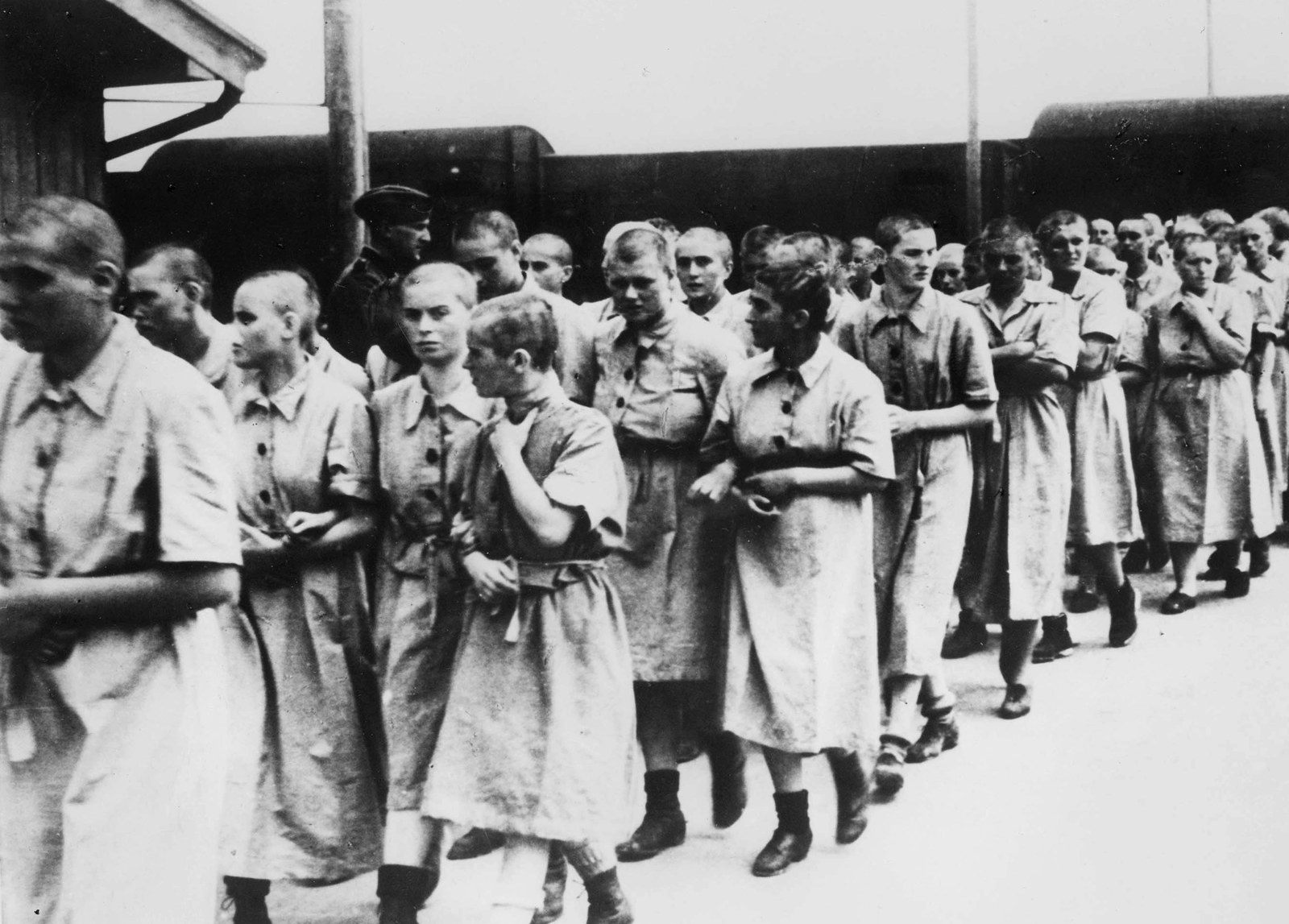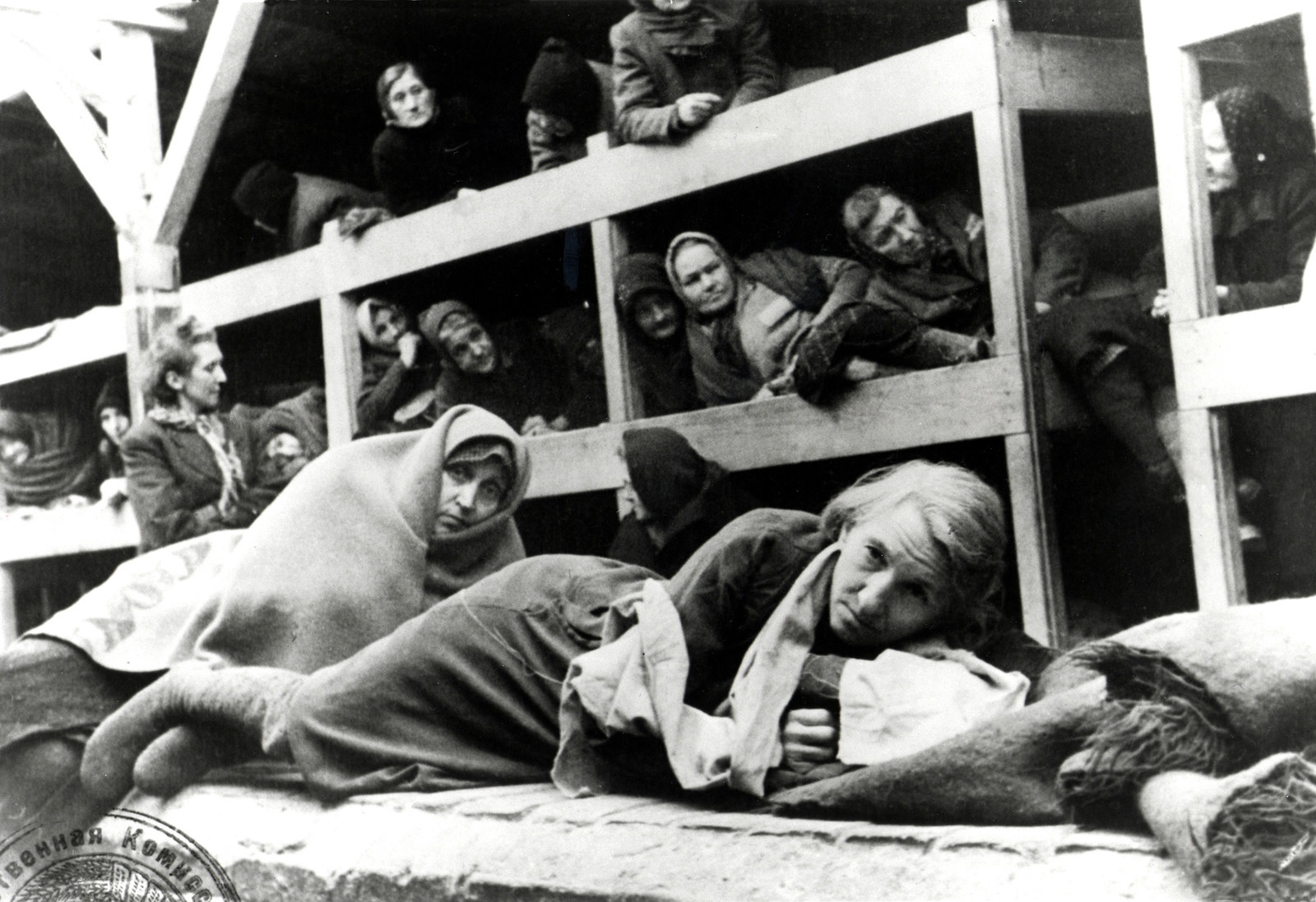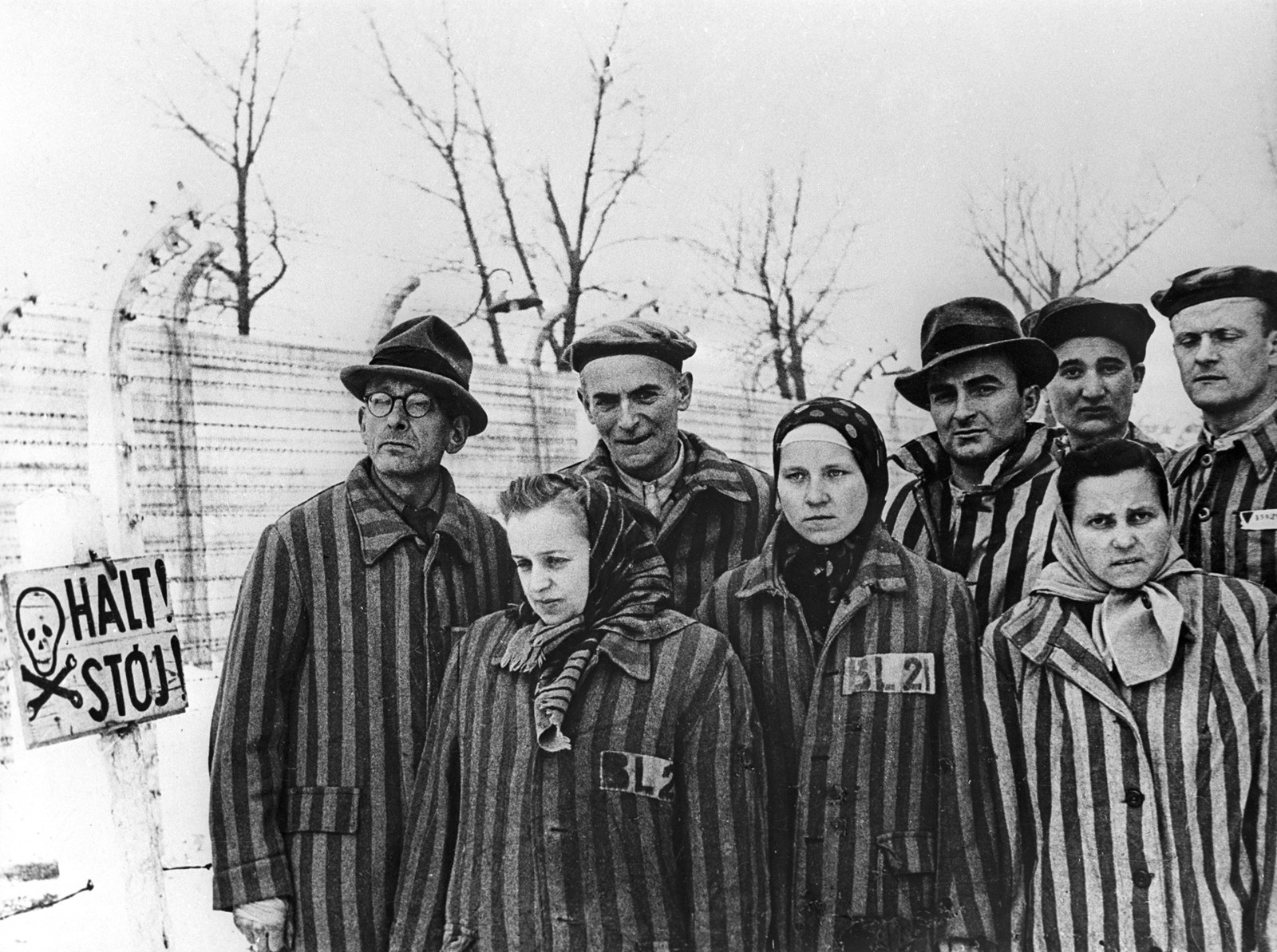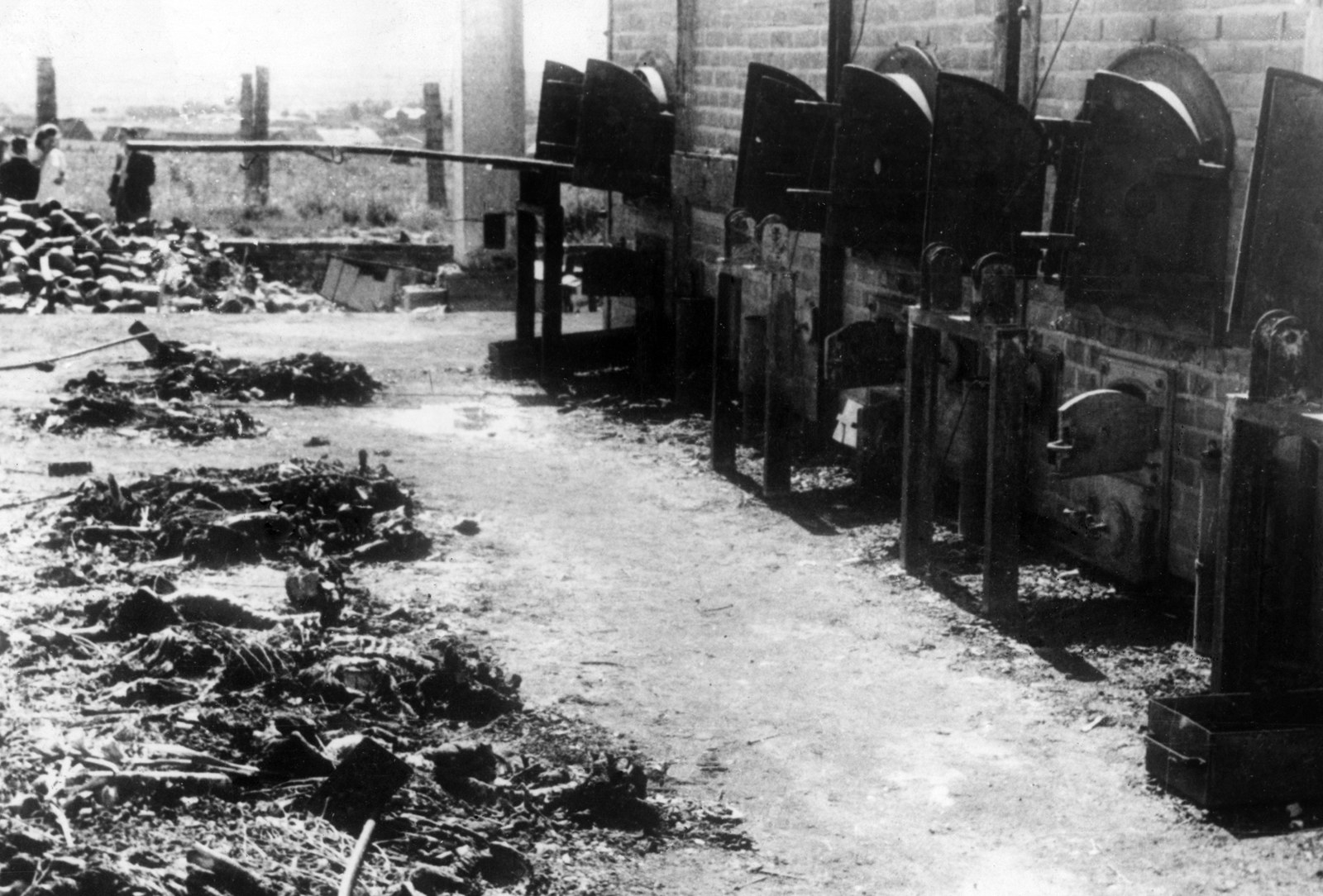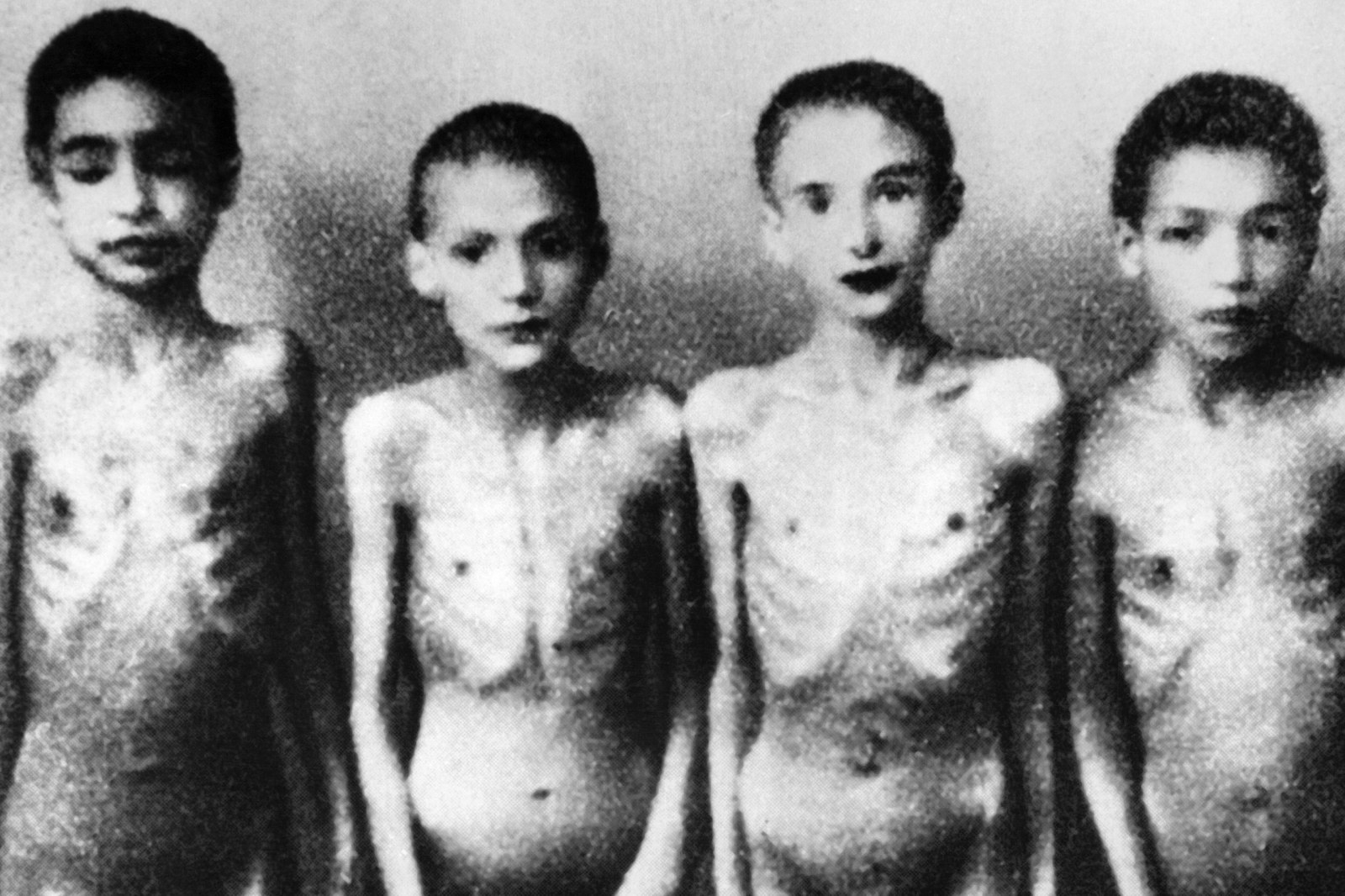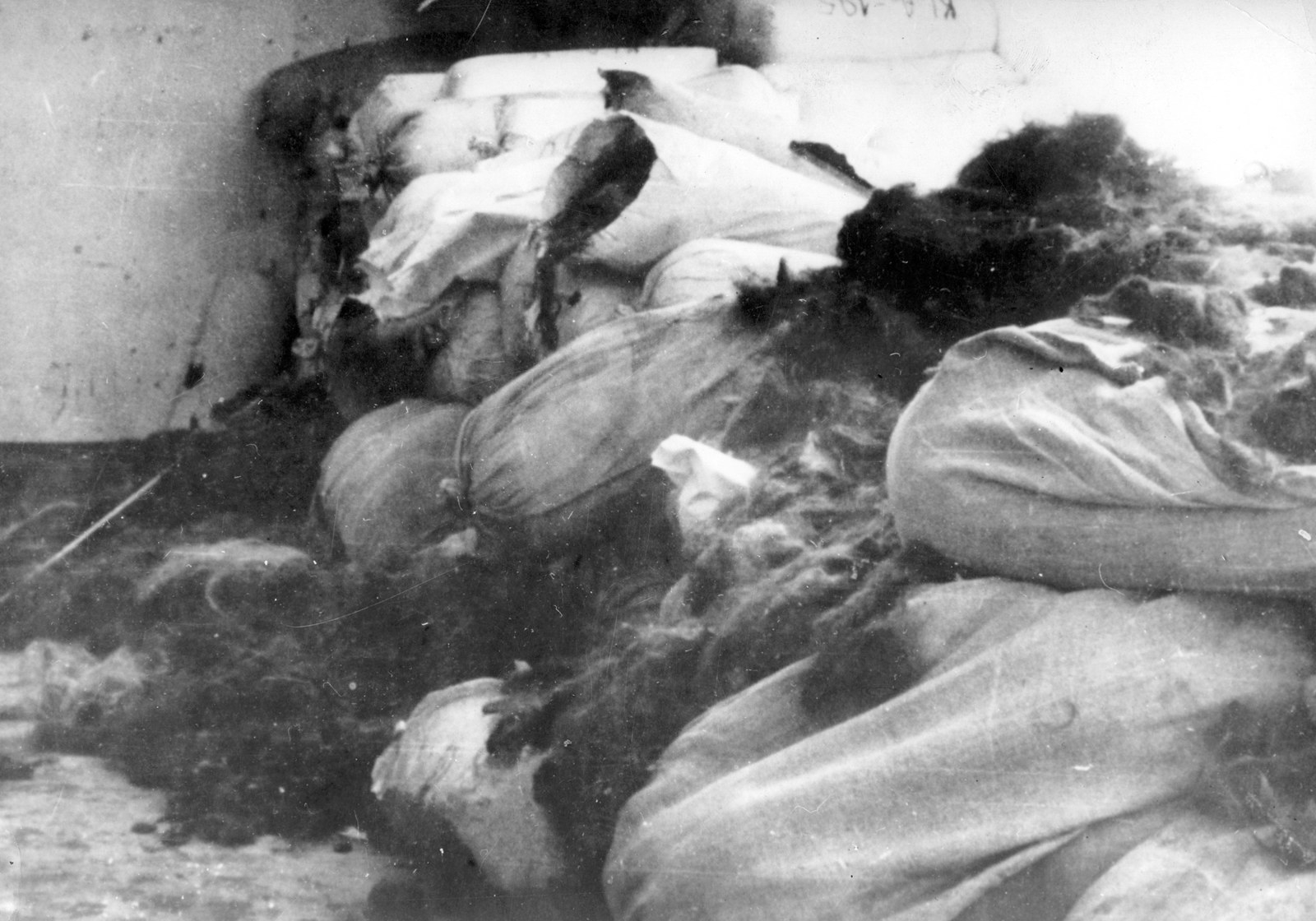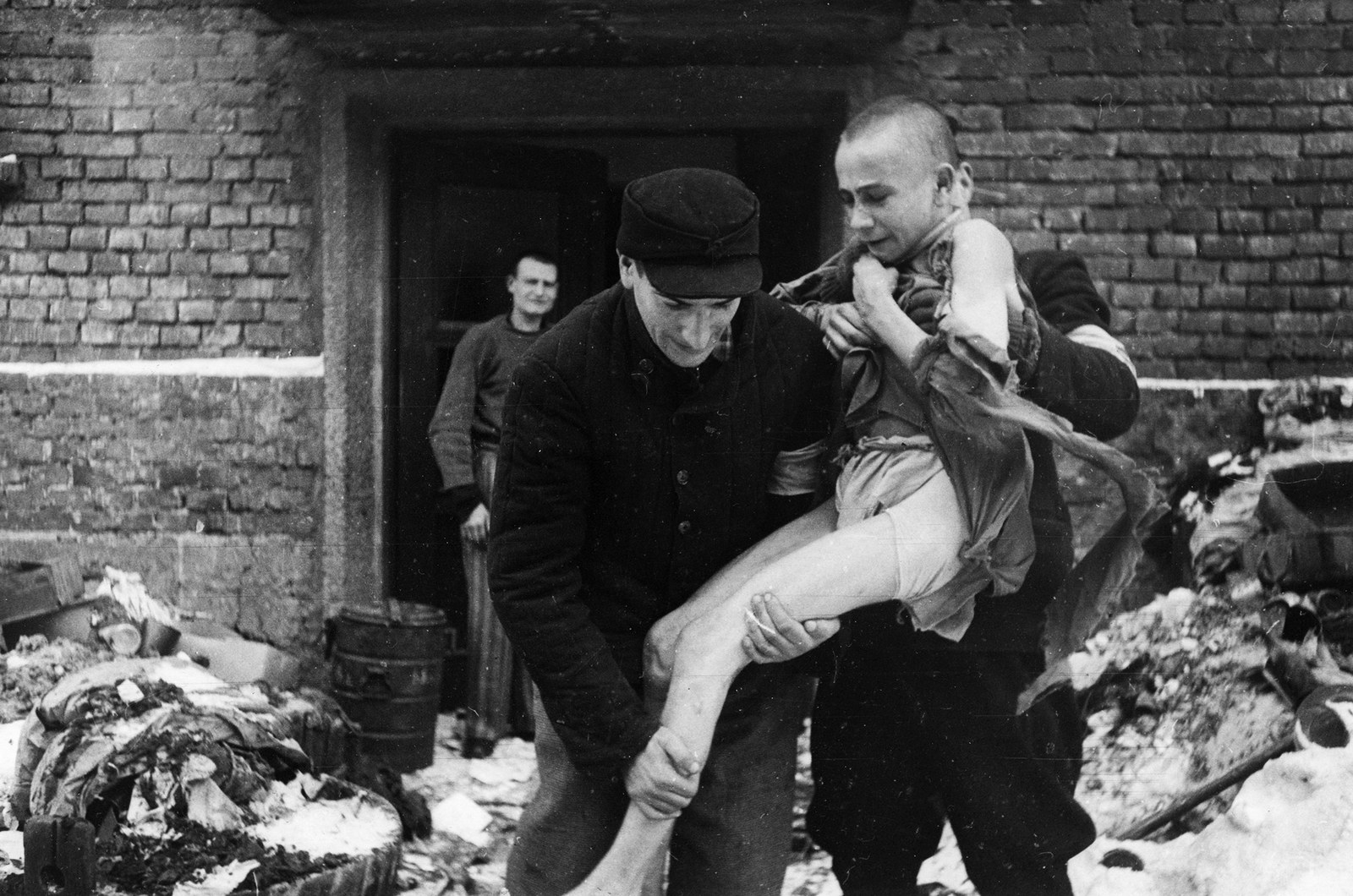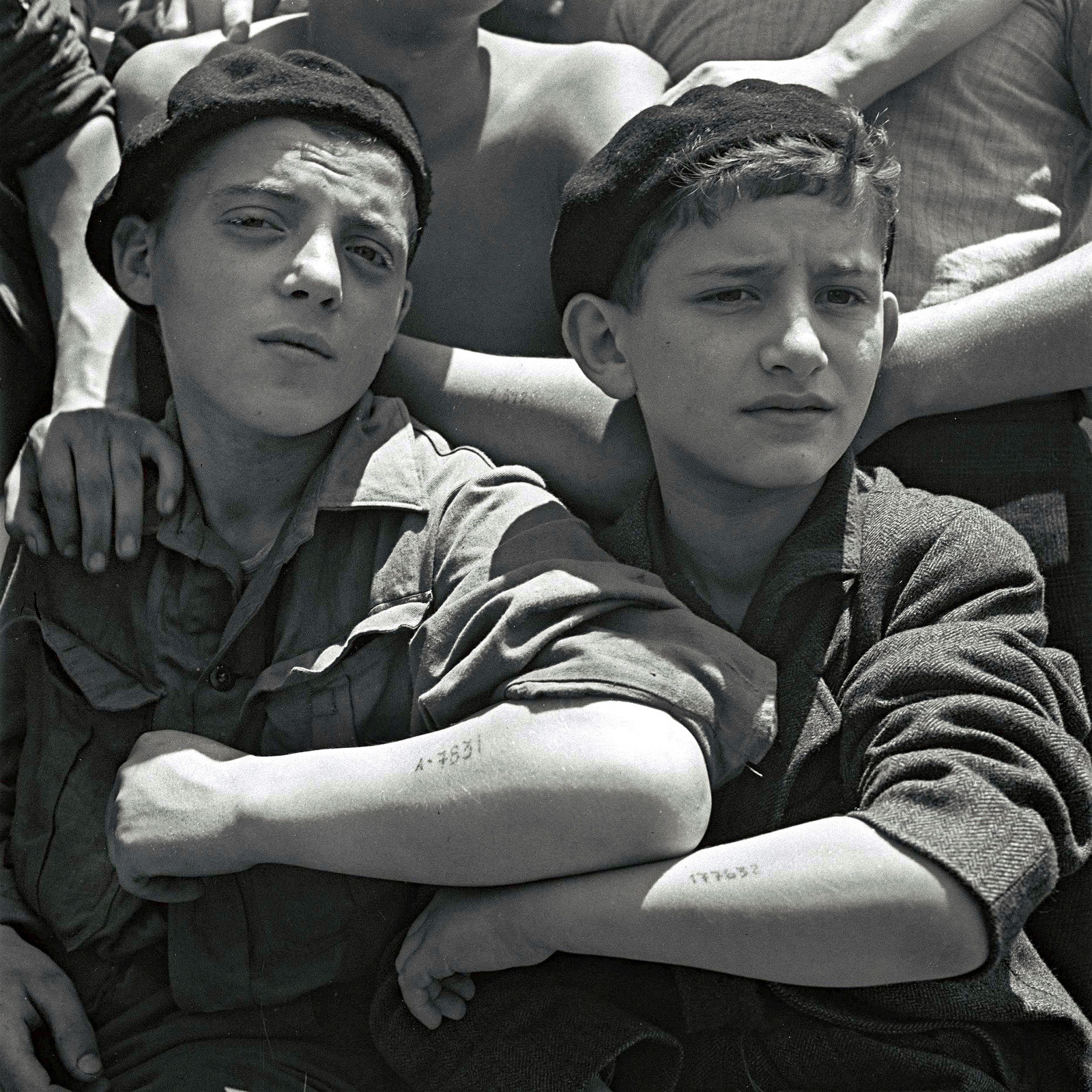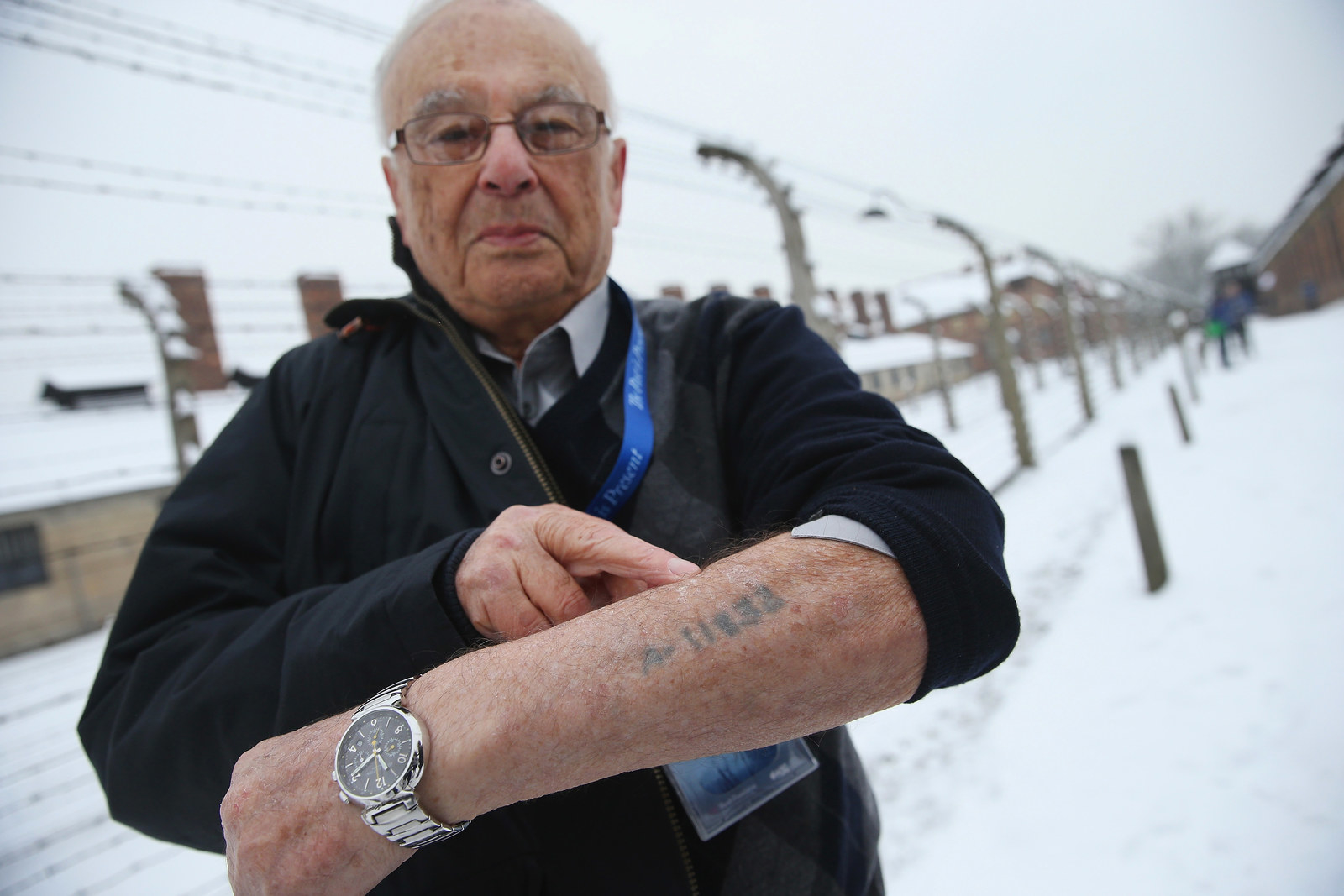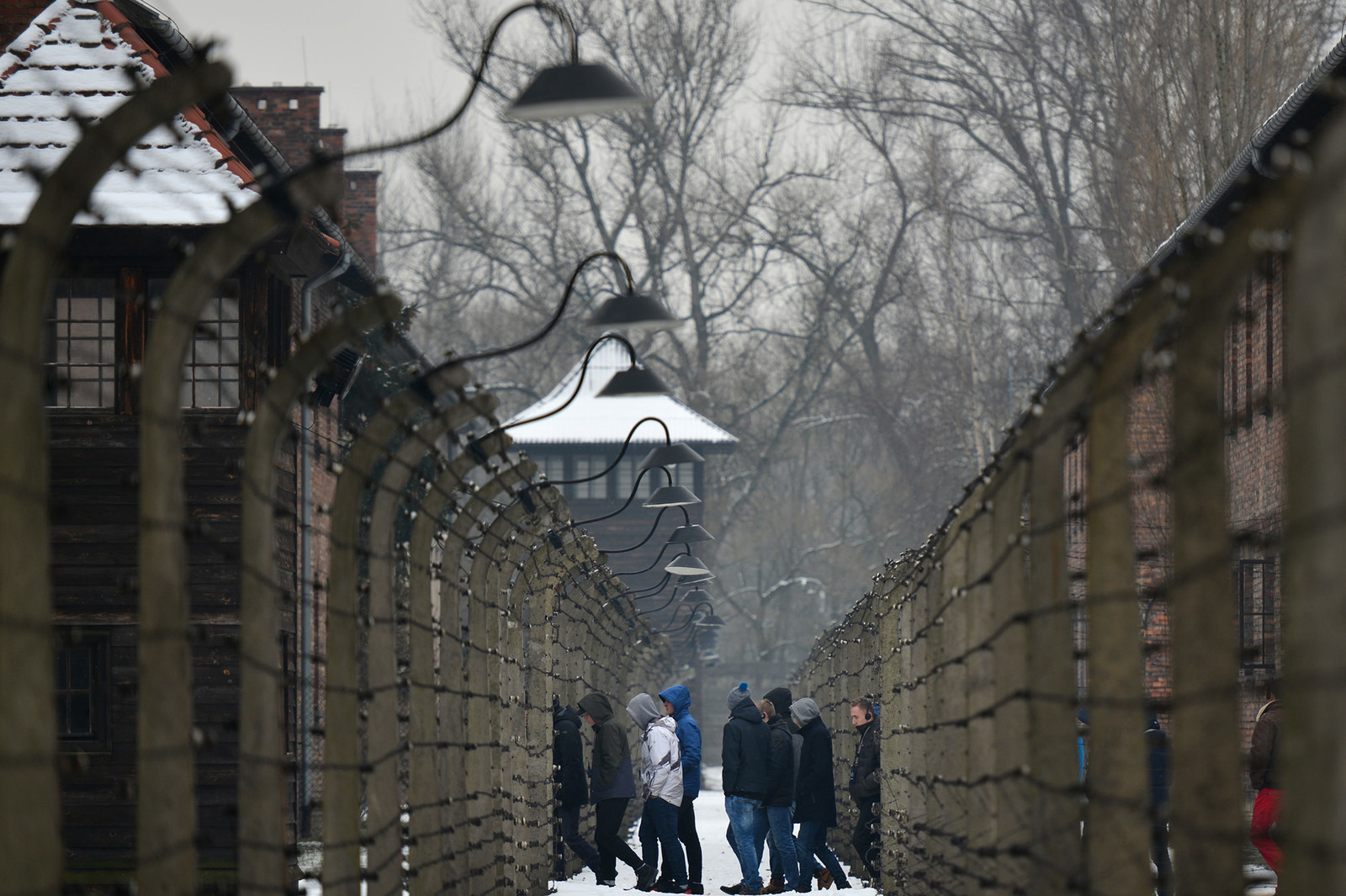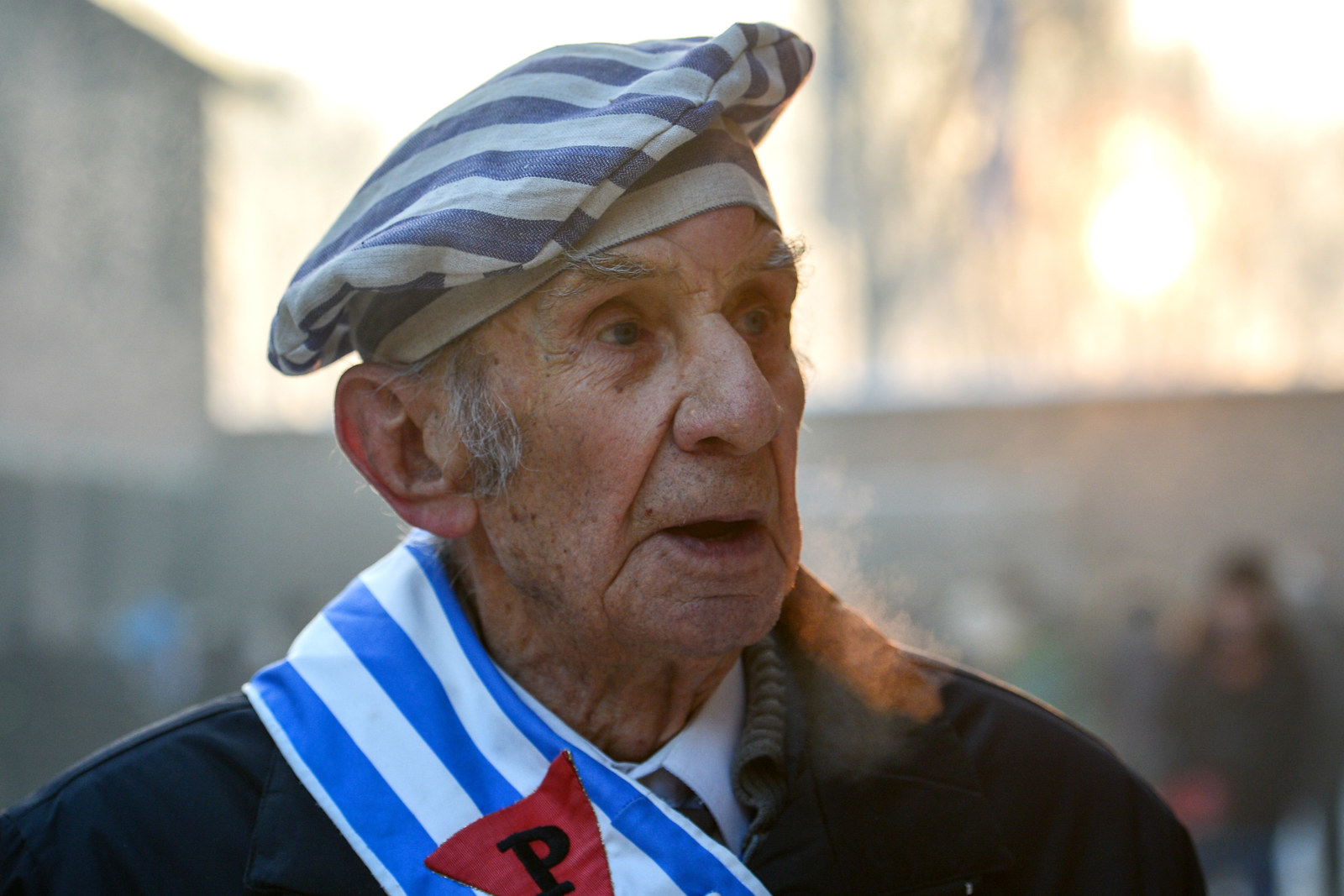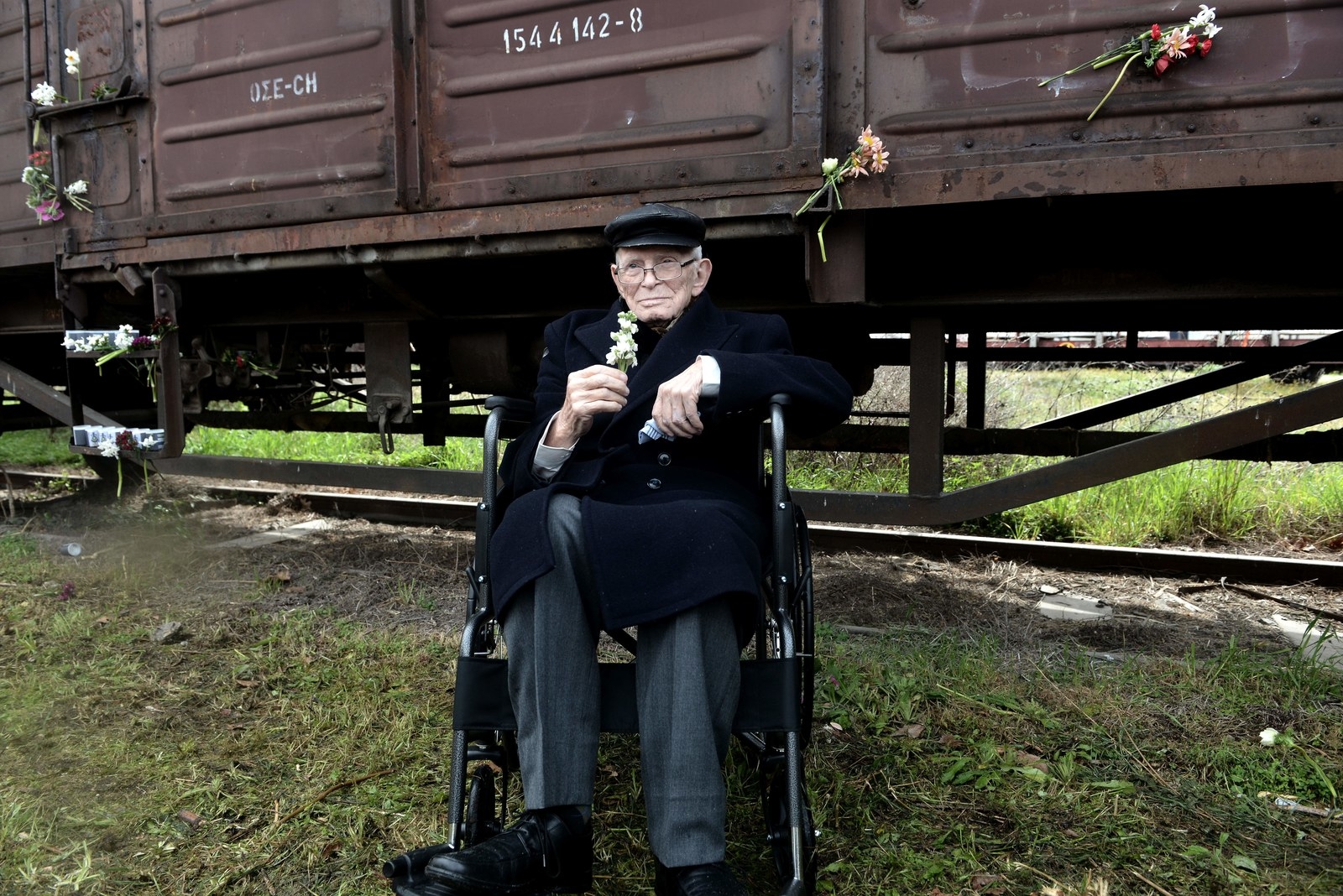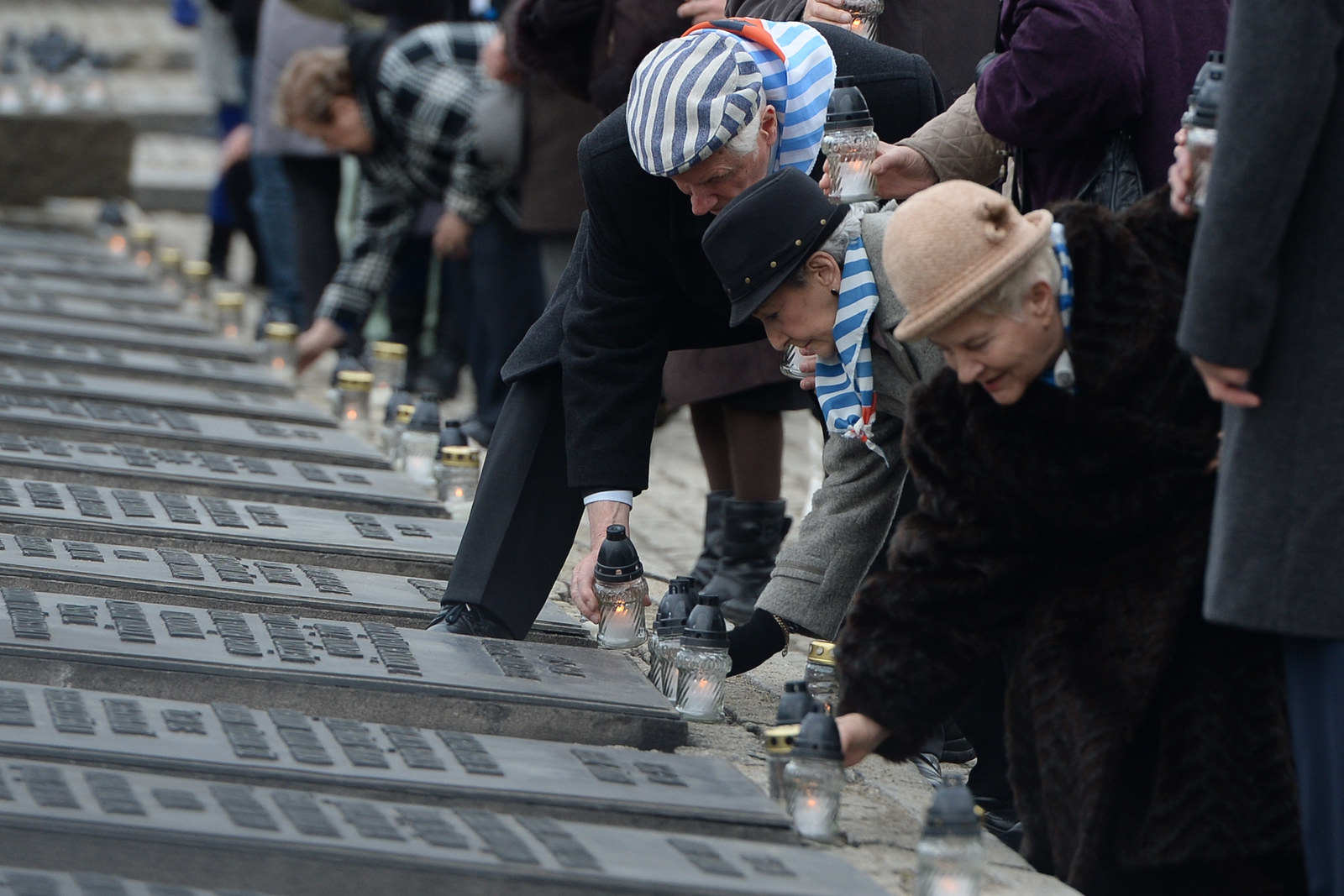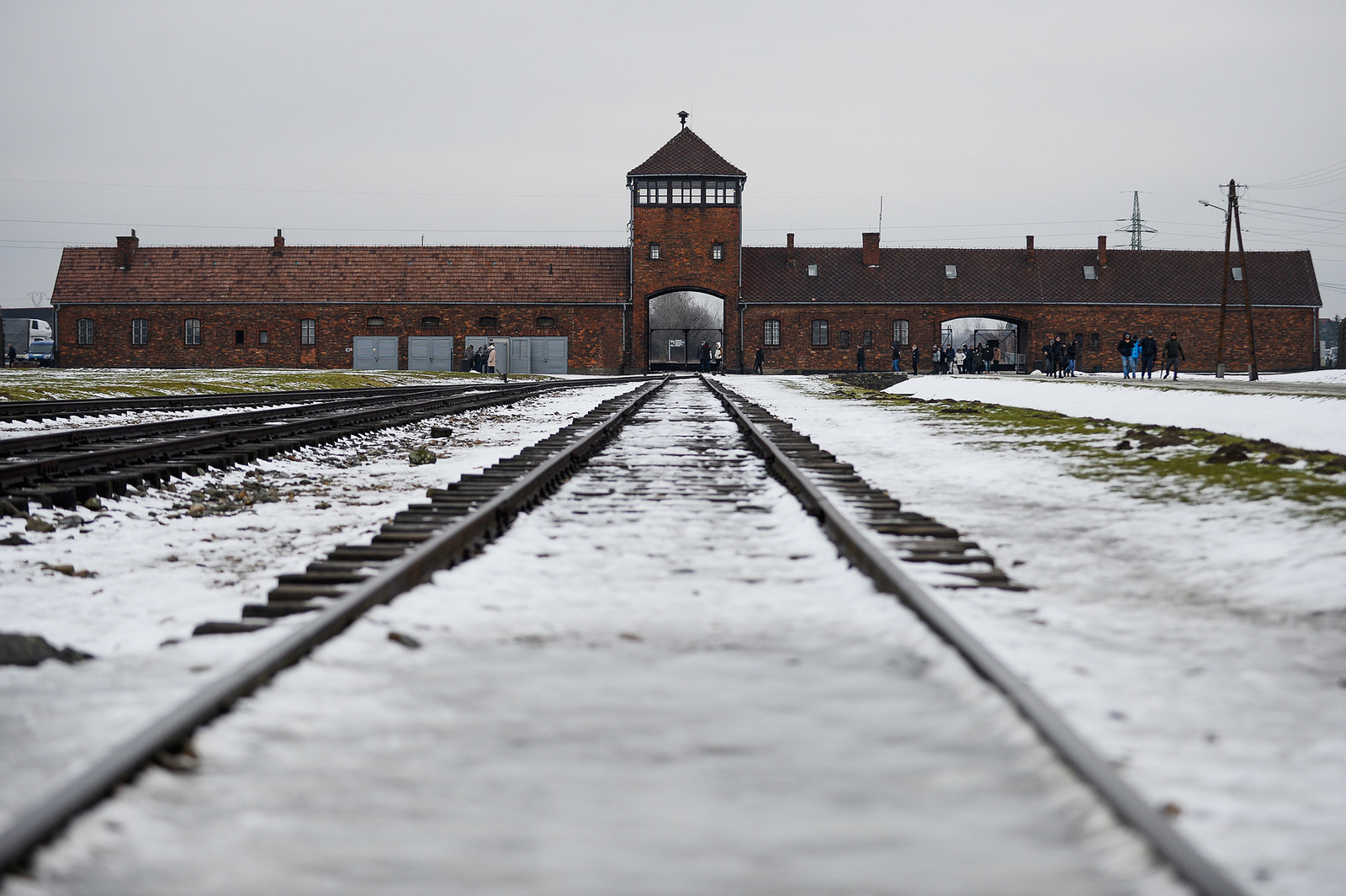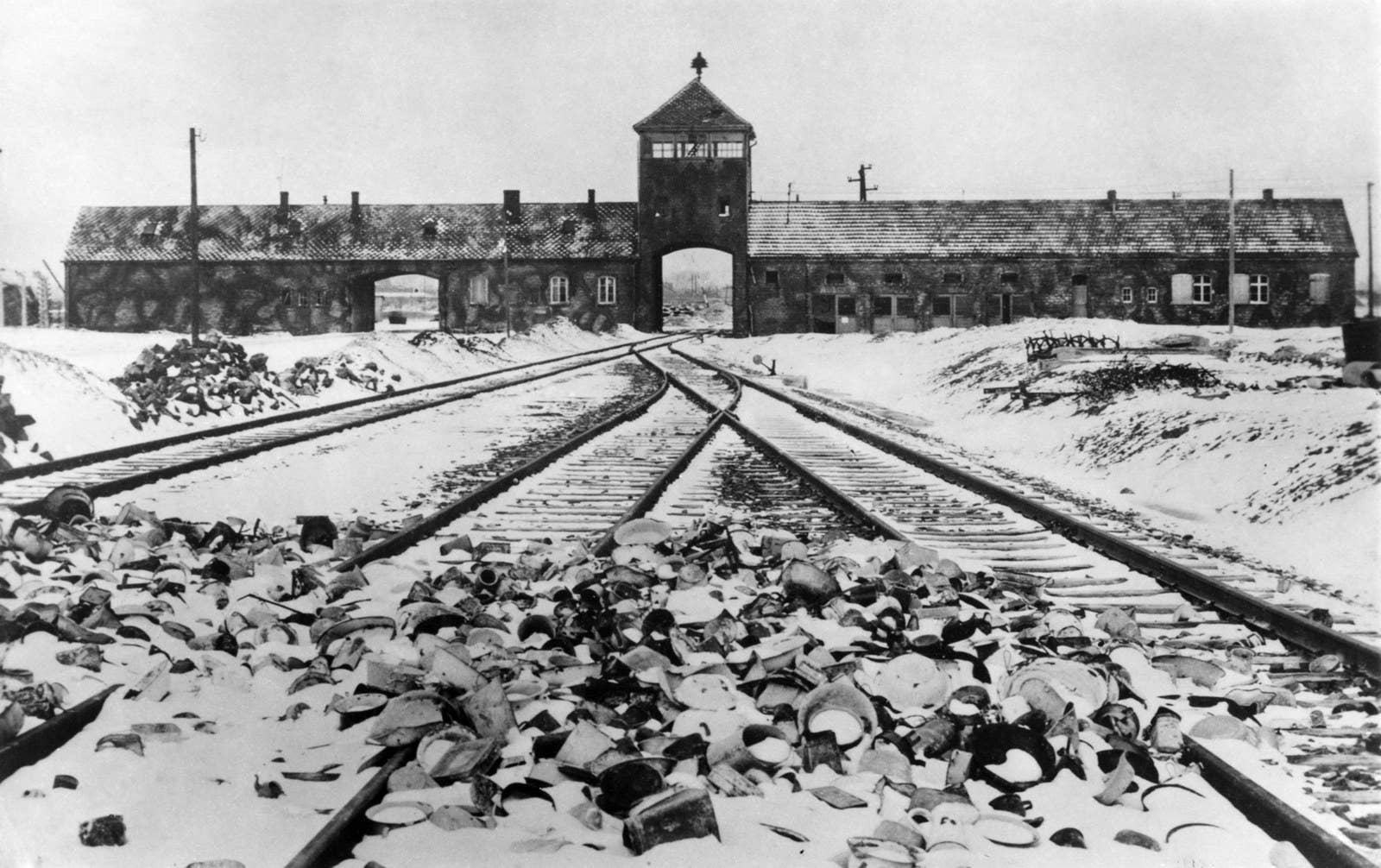
Jan. 27 marks International Holocaust Remembrance Day, commemorating the liberation of the Auschwitz-Birkenau concentration camp by Soviet forces in WWII.
From 1940 to 1945, the Auschwitz-Birkenau complex was the largest of the Nazi death camps, was comprised of three central hubs and dozens of subcamps. By the time it was liberated in 1945, some 1.1 million people — 90% of them Jews — had been murdered within its walls.
These pictures show the brutal and inhumane reality of life as an Auschwitz prisoner and the strength of survivors who, years later, returned to the former concentration camp as a brave reminder that its history must never again be repeated.
Warning: Some viewers may find the following images disturbing.
